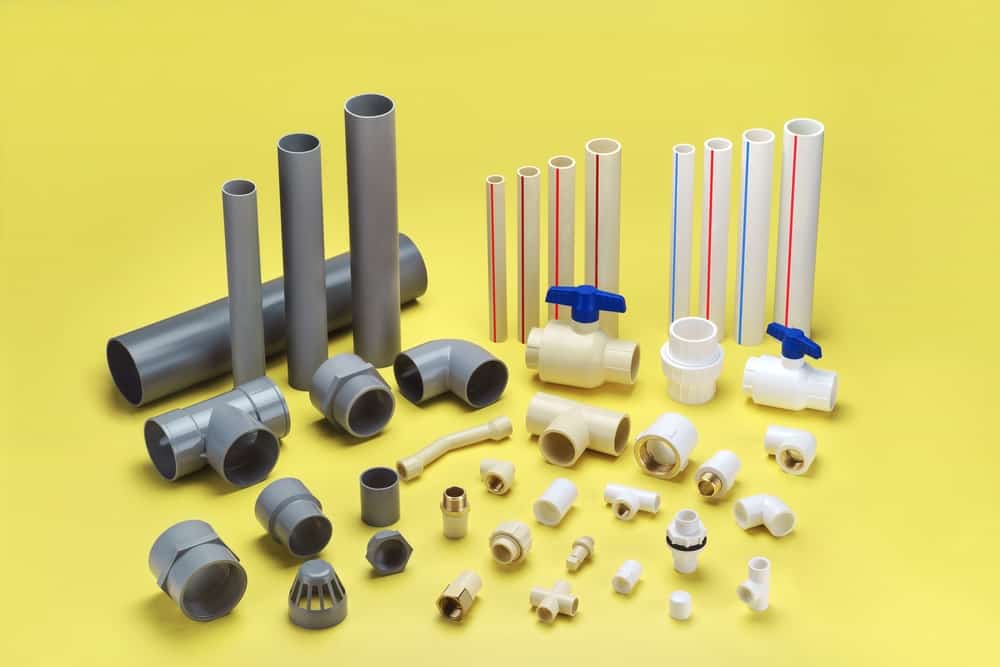In an era where sustainability and innovation are at the forefront of material science, plastic materials are undergoing a remarkable transformation. Once viewed predominantly as harmful pollutants, plastics are now being reimagined and engineered to meet the demands of a circular economy. This evolution is not only reshaping industries but also redefining our relationship with these versatile substances.
As we delve into the future of materials, it becomes evident that plastic materials are emerging as heroes in the quest for sustainable solutions. plexiglass sur mesure From biodegradable options to recycled composites, advancements in technology and design are paving the way for a new generation of plastics that contribute to environmental wellbeing while maintaining the functionality and durability that we have come to expect. Exploring these developments invites us to reconsider the potential of plastic materials and their role in a sustainable future.
Innovations in Plastic Technology
The world of plastic materials is experiencing a significant transformation driven by technological advancements and a growing emphasis on sustainability. Innovations such as bioplastics are at the forefront, enabling the production of materials derived from renewable sources like cornstarch and sugarcane. These alternatives not only offer the same functional benefits as traditional plastics but also significantly reduce the ecological footprint. As a result, industries are beginning to adopt these materials to meet consumer demand for environmentally friendly products.
Another exciting development in plastic technology is the advancement of smart plastics. These materials incorporate sensors and can react to environmental changes, making them ideal for applications in packaging, healthcare, and electronics. For instance, smart packaging can change color to indicate spoilage, ensuring better food safety and reducing waste. This evolution not only enhances functionality but also opens up new possibilities for innovative products that can adapt to their surroundings.
Recycling technology is also evolving at an impressive rate, improving the lifecycle of plastic materials. Innovations in chemical recycling processes allow plastics to be broken down into their original monomers, which can then be repurposed into high-quality new plastics. This approach addresses the challenge of plastic waste by enabling a circular economy, where materials are kept in use for as long as possible. As these technologies continue to advance, the future of plastic materials appears increasingly promising, paving the way for a more sustainable and efficient use of resources.
Environmental Impact of Plastics
The proliferation of plastic materials has led to significant environmental concerns that cannot be overlooked. Plastics are durable and versatile, which makes them highly useful in various applications. However, this same durability results in long-lasting waste that can persist in the environment for hundreds of years. Many plastic products end up in landfills or natural habitats, leading to pollution that affects wildlife and ecosystems. Animals can ingest plastic debris or become entangled in it, causing harm and often leading to fatal outcomes.
Moreover, the production and disposal of plastic materials contribute to greenhouse gas emissions. The extraction of fossil fuels used in plastic production, along with the energy-intensive manufacturing process, generates substantial carbon footprints. When plastics are incinerated for waste management, they release toxic substances into the atmosphere, further exacerbating pollution concerns. The environmental footprint of plastics extends beyond their lifespan and calls for a reevaluation of how these materials are utilized and disposed of.

Efforts are underway globally to address these issues through innovation and policy. Biodegradable plastics and recycling technologies are being developed to reduce waste and the environmental impact of traditional plastics. Additionally, various countries are implementing bans or limitations on single-use plastics in an attempt to curb plastic pollution. Public awareness campaigns also play a crucial role in encouraging more sustainable practices, such as reducing consumption and promoting recycling, to help mitigate the negative ramifications of plastic materials on the environment.
Future Trends in Material Science
The future of material science, particularly in the realm of plastic materials, is set to witness revolutionary advancements driven by sustainability and innovation. As the world becomes increasingly aware of the environmental impact of traditional plastics, researchers are actively exploring bio-based and biodegradable alternatives. These materials not only reduce reliance on fossil fuels but also aim to minimize waste and pollution in ecosystems. Innovations in polymer chemistry are paving the way for plastics that can decompose naturally, offering a more sustainable option for manufacturers and consumers.
In addition to sustainability, the integration of smart technologies into plastic materials is gaining momentum. Smart polymers that respond to environmental stimuli, such as temperature or light, are being developed for applications ranging from packaging to biomedical devices. These materials can enhance functionality, improve product safety, and offer customizable user experiences. The combination of plastics with electronic components is leading to the creation of flexible and lightweight devices, transforming how we interact with technology in our daily lives.
Furthermore, recycling technologies are evolving to create a circular economy for plastic materials. Advanced recycling methods, such as chemical recycling, are enabling the breakdown of plastics into their original monomers, which can then be reused to create new products. This approach not only reduces waste but also conserves resources and energy. As the industry moves towards a more circular model, collaboration between scientists, industries, and consumers will be crucial in driving the adoption of innovative materials that benefit both the economy and the environment.